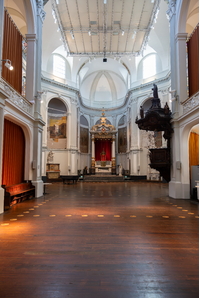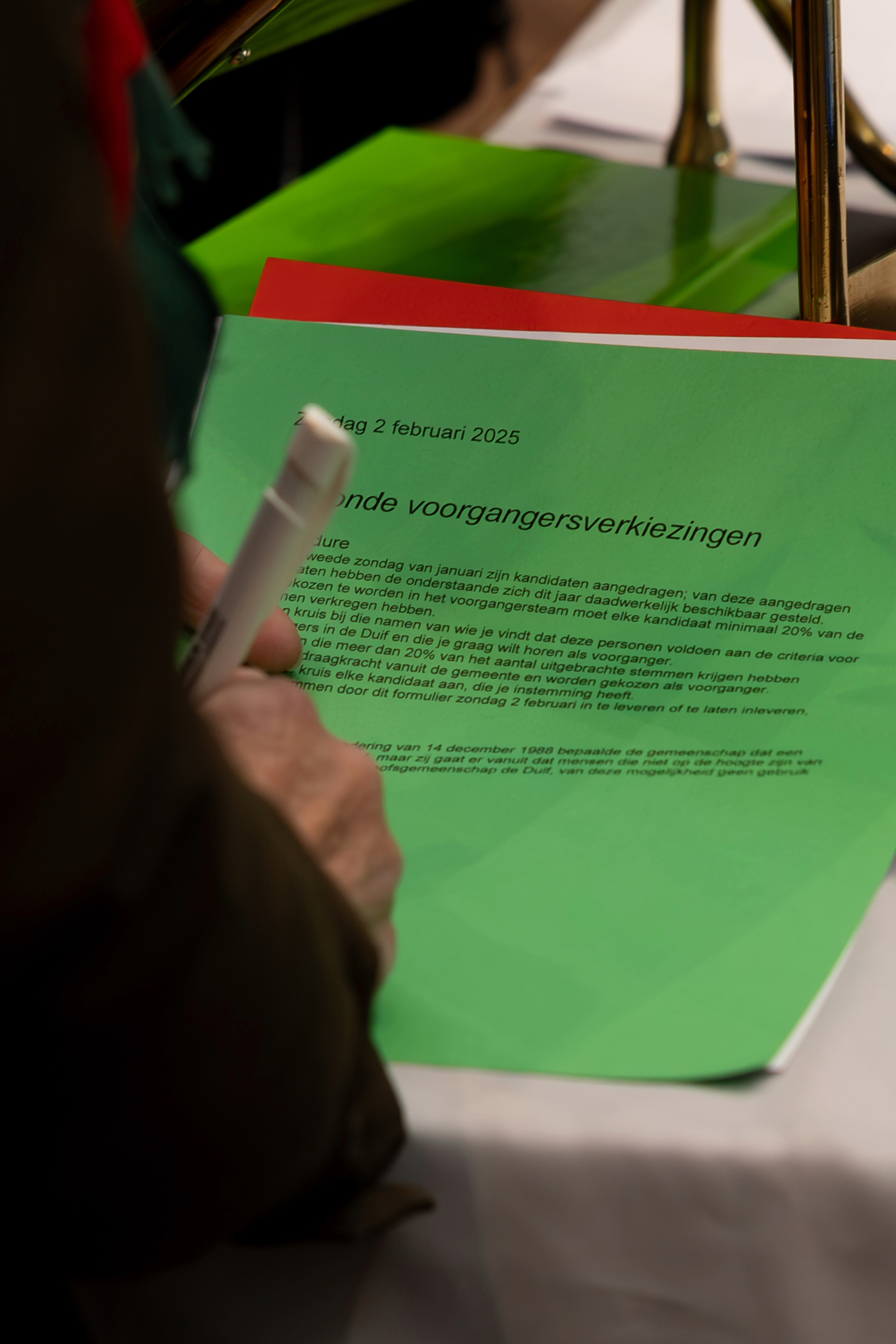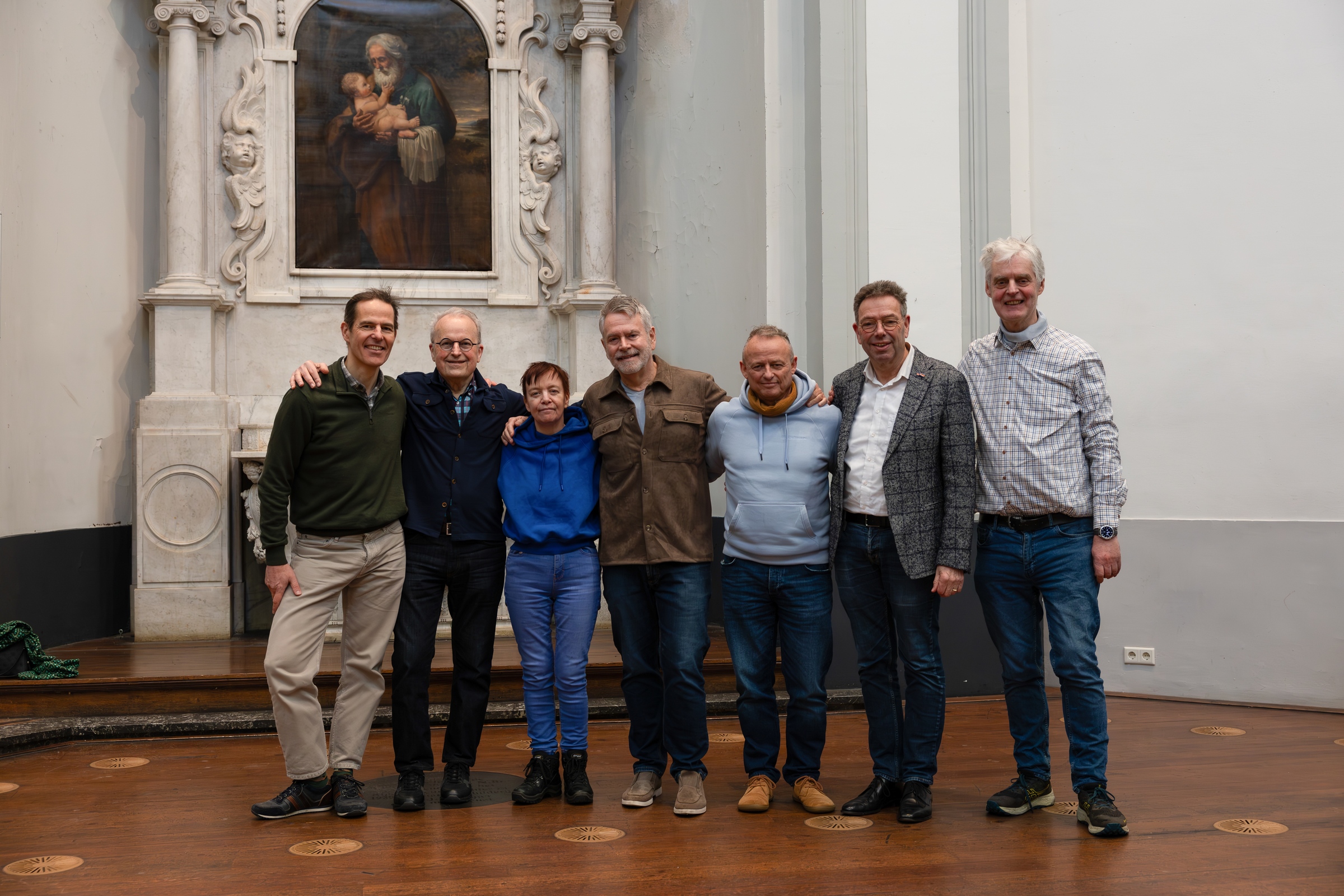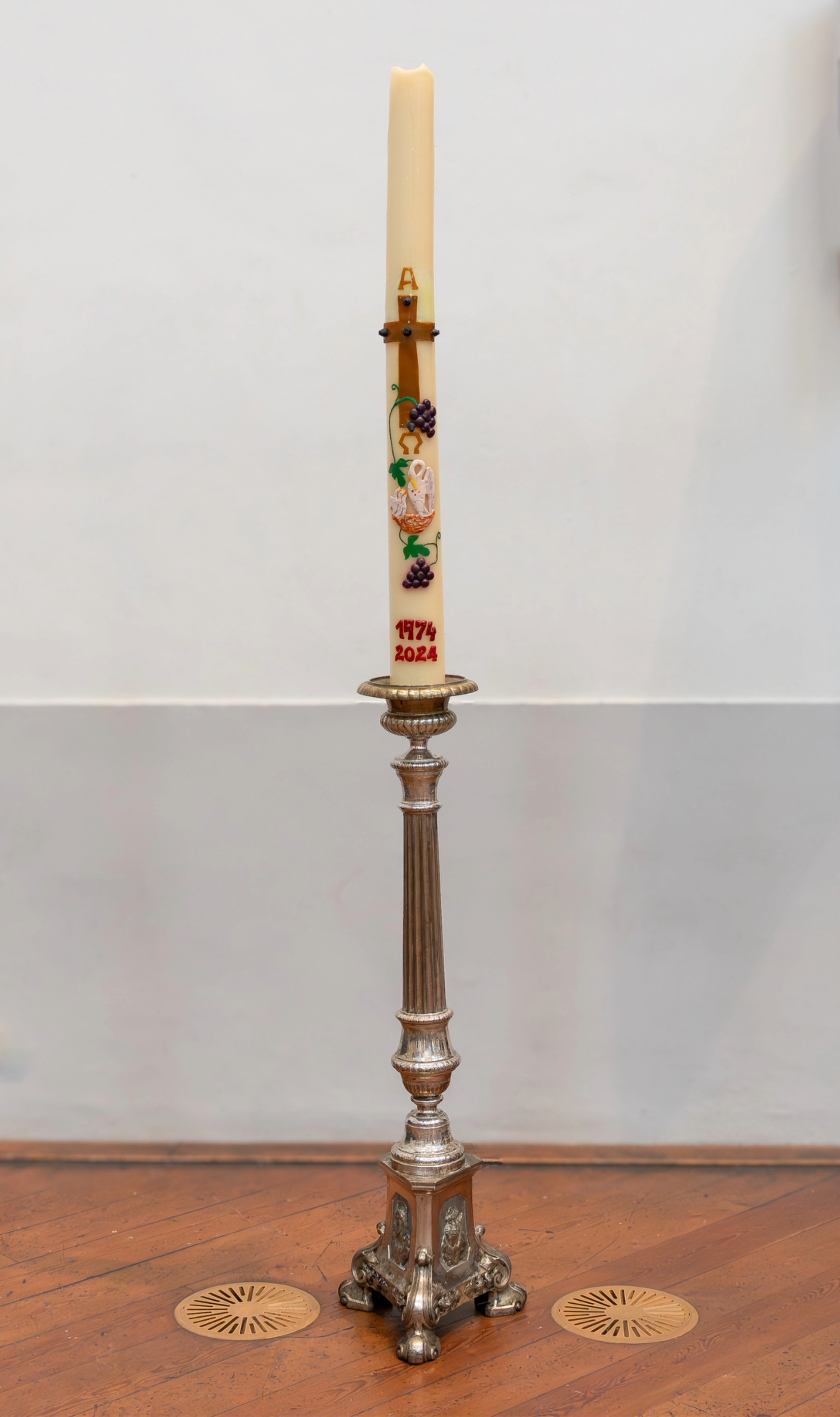How an ecumenical community in a once squatted church democratically chooses its pastors.
Location
De Duif
Prinsengracht 756
Type
Church
Religious community
Ecumenical community
Object
First Easter candle from the occupied church
Maker and date
Maker unknown
1974
Visit
During the service on Sunday morning
Sunday 2 February 2025
After the service of Scripture and Table, there is coffee and time for a chat. This is so every Sunday in De Duif (the Dove). But today there is more to it. For years, the first Sunday in February has been the day when members of De Duif community can democratically elect 'their' pastors for the coming year. In January, the community nominated potential pastors in a round of nominations. A new candidate pastor can then hold a recital in January, a kind of introduction.
While this pastor election has been a tradition for many years, it has not always been so. Until 1974, De Duif was a Roman Catholic church. Declining church attendance forced the diocese to undertake a major reorganisation. Rather unexpectedly, the curtain also fell on the well-attended Duif. The last church service took place on 6 January 1974.
The night of 12-13 January 1974
The parishioners don't put up with this. Led by members of a hastily formed action group, they squatted the church! A unique event in Dutch church history. On Sunday 13 January there will be another service as usual, with a priest. So too on the Sundays after, until now. That priest has disappeared, though. Not overnight, of course. Gradually, De Duif community is developing into a self-governing ecumenical basic community. The priests that supported the squatting of the church have been invaluable in this: they have been at the cradle of the burgeoning realisation that a faith community can very well choose pastors from within its own circle.
Elected pastors
Today, there are eight elected pastors each year. They come from De Duif community and preside over celebrations. These are prepared in an online liturgy meeting open to all. The Christian tradition is central, but there is room for input from other spiritual and religious traditions. The central question is: how do we best live our lives?
The squatted church's first Easter candle dates back to 1974. It was restored in 2023 to burn again in 2024 on its 50th anniversary. The standard comes from the 19th-century parish church of St Willibrordus within the Veste. This church, the current building, is the successor to hidden church Het Vredesduifje. Located in the Kerkstraat at the time.
Arjan Vader
Museum guide Our Lord in the Attic Museum
Thanks to
Ellen Tiggeler-De Jong
Last edited
June 12, 2025
Paschal candle, maker unknown, 1974, wax. Collection Ecumenical community De Duif (The Dove). Emy Scholts Fotografie.
Interior and exterior: Emy Scholts Fotografie.
Form pastor election 2025, maker unknown, 2025, print. Collection Ecumenical community De Duif (The Dove). Emy Scholts Fotografie.
Group portrait of pastors 2025 De Duif, Emy Scholts Fotografie, 2025, digital photograph. Collection Museum Ons' Lieve Heer op Solder.
Standard with Easter candle, maker unknown, 19th century, gilt silver. Collection Ecumenical community De Duif (The Dove). Emy Scholts Fotografie.
Vernooij, D., Een huis voor en door bevlogen mensen. 50 jaar oecumenische basisgemeente De Duif, Amsterdam (Amsterdam 2024).

